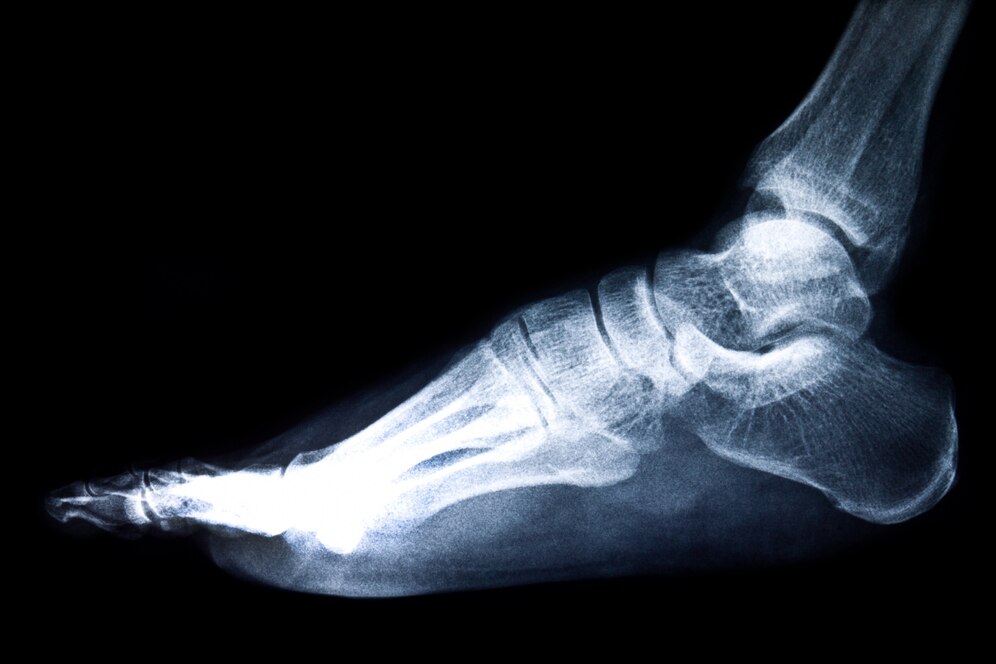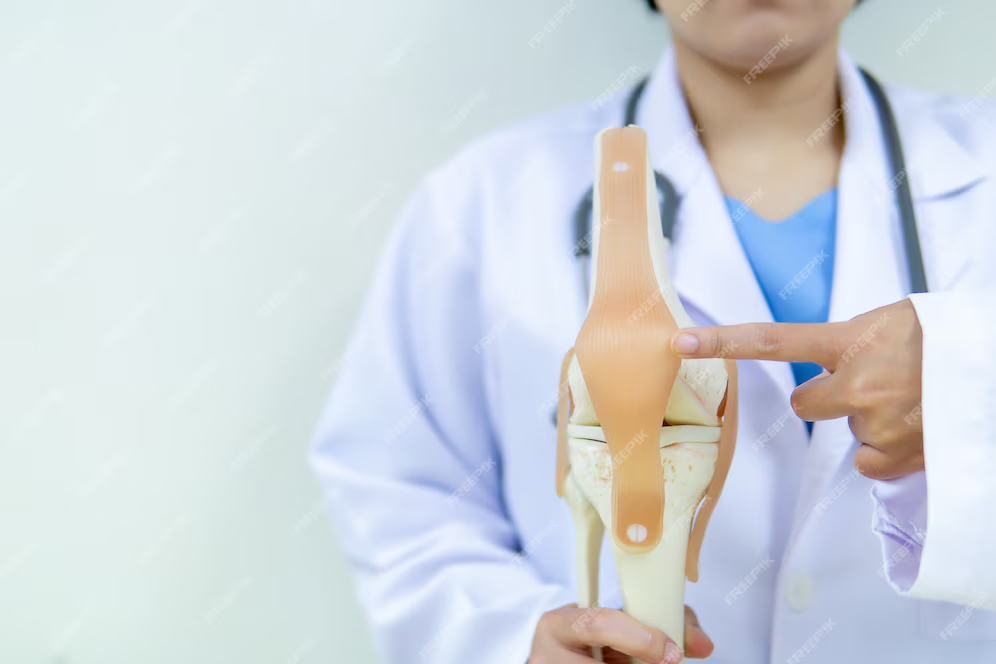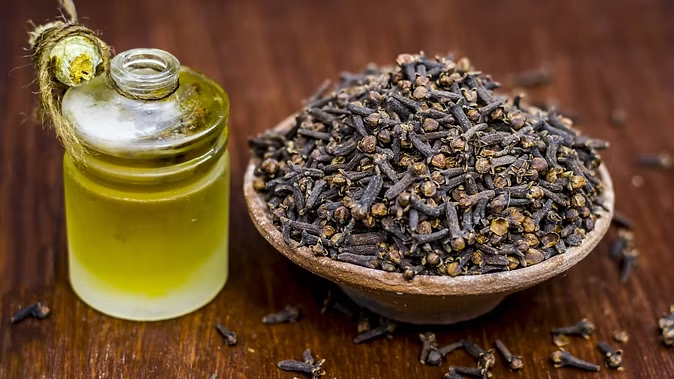According to Belinda Lawford of the University of Melbourne, Giovanni E Ferreira and Joshua Zadro of the University of Sydney, and Professor Rana Hinman of the University of Melbourne, most people suffering from knee osteoarthritis can control their pain and improve their mobility without surgery. This information has been given in the recent guidelines of the Australian Commission on Safety and Quality in Healthcare.

What is osteoarthritis?
Osteoarthritis is a joint disease that affects more than 2.1 million Australians. It usually affects the knees, hips, spine, hands, and feet. People suffering from osteoarthritis have to face constant pain and have difficulty in daily tasks such as walking and climbing stairs.
How to Cure Joint Pain Without Surgery
- It is important to become informed about osteoarthritis and learn effective ways to self-manage it. This includes education about the symptoms, diagnosis, and treatment of osteoarthritis.
- Exercise and physical activity can reduce osteoarthritis symptoms. Activities such as strength training, aerobic exercise, yoga, and tai chi can be effective. Increasing physical activity and reducing sedentary time is also important.

- If you are overweight or obese, weight loss can reduce osteoarthritis pain and disability. Losing 5-10% of your body weight can be beneficial.
- Paracetamol and non-steroidal medications can help manage pain. Opioid medications are not recommended as the risk of harm outweighs any potential benefits.
Surgery options
People with osteoarthritis usually consider two types of surgery: knee arthroscopy and knee replacement. However, high-quality research has proven that arthroscopy is not effective and should not be performed in the management of osteoarthritis. Joint replacement should only be considered for people whose symptoms are severe and who have tried non-surgical treatments first.
(PC: Freepik)










